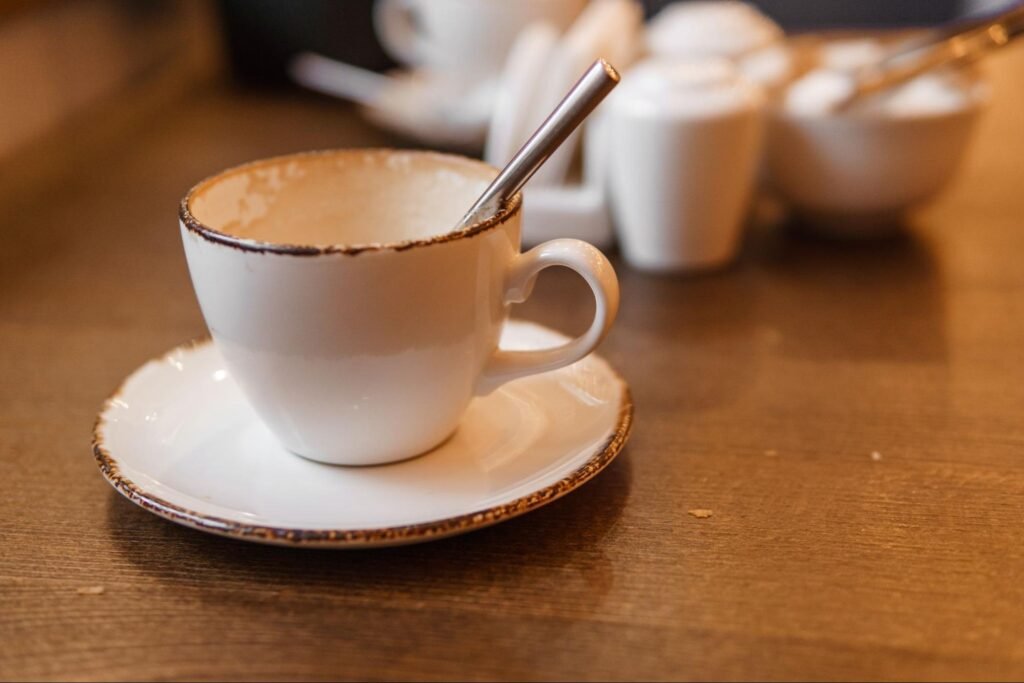
Artisanal Rituals for a Memorable Customer Experience
How can brands create a more balanced and memorable customer experience by blending artisanal product quality with thoughtful everyday rituals that keep people coming back?
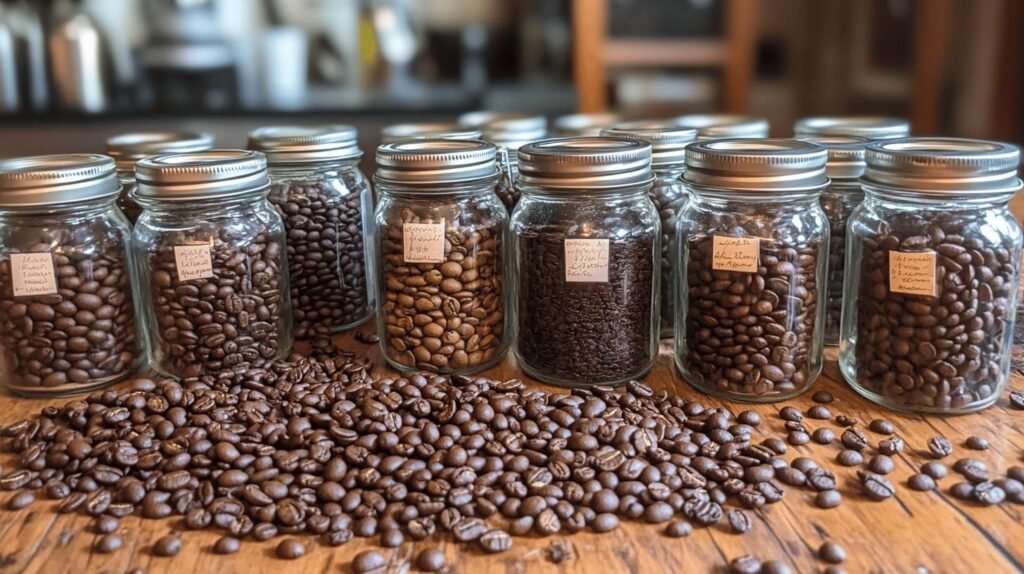
Exploring different coffee beans and their flavors is a journey shaped by diverse geographic and climatic conditions, influencing each bean’s unique taste profile.
Globally, there are four main types of coffee beans—Arabica, Robusta, Liberica, and Excelsa—each offering unique flavors. Arabica is known for its smooth, sweet flavor with hints of fruit and sugar. Robusta delivers a stronger, harsher taste with grainy undertones and a peanutty aftertaste. Liberica beans offer a woody, smoky taste with floral notes, whereas Excelsa provides a unique combination of tart and fruity, often found in blends to add complexity.
Coffee production spans the globe, with significant contributions from regions within “The Bean Belt,” including Brazil, Vietnam, and Ethiopia. Each region’s climate, soil, and altitude shape the signature flavors of its beans, underscoring the essence of the phrase: “flavor is geography.” So, whether it’s Brazil’s nutty, chocolatey undertones or Ethiopia’s fruity and floral tones, understanding these nuances helps us appreciate what fills our cup every morning.
I’m Craig Keel, and my lifelong pursuit of the perfect cup of coffee began in childhood. Years of research and experimentation with various coffee beans and their flavors have given me valuable insights into how roast levels and bean quality influence taste. Join me as we explore the unique characteristics of these beans and discover how they can create your perfect brew.
When it comes to coffee, understanding the four main types of coffee beans—Arabica, Robusta, Liberica, and Excelsa—is essential. Each type offers its own distinct flavor profile, influenced by its unique growing conditions and characteristics. Let’s explore what makes each bean special.
Arabica beans are the most popular, making up about 60% of global coffee production. Known for their smooth and sweet taste, they often have hints of fruit and sugar. Arabica beans thrive at high altitudes, particularly in regions like Latin America. Their delicate nature means they’re sensitive to their environment, but when grown in ideal conditions, they deliver a complex and aromatic cup.
Robusta beans are the second most produced coffee beans in the world. They are known for their robust and bold flavor, often described as strong and harsh. With double the caffeine content of Arabica, Robusta beans are a favorite for those seeking a more intense coffee experience. They grow well in hot climates and are resistant to diseases, making them a reliable crop in regions like Southeast Asia and Africa.
Liberica beans are unique and less common, known for their irregular shape and large size. They offer a distinctive woody and smoky flavor with floral notes. Originally from West Africa, Liberica is now mainly grown in the Philippines and Malaysia. Their bold taste makes them an interesting choice for those looking to explore beyond the usual coffee flavors.
Excelsa beans, once considered a separate type, are now classified under Liberica. However, they maintain their own identity with a tart and fruity flavor profile. Excelsa beans are primarily grown in Southeast Asia and are often used in blends to add depth and complexity to the coffee. Their unique taste is a testament to the diverse world of coffee flavors.
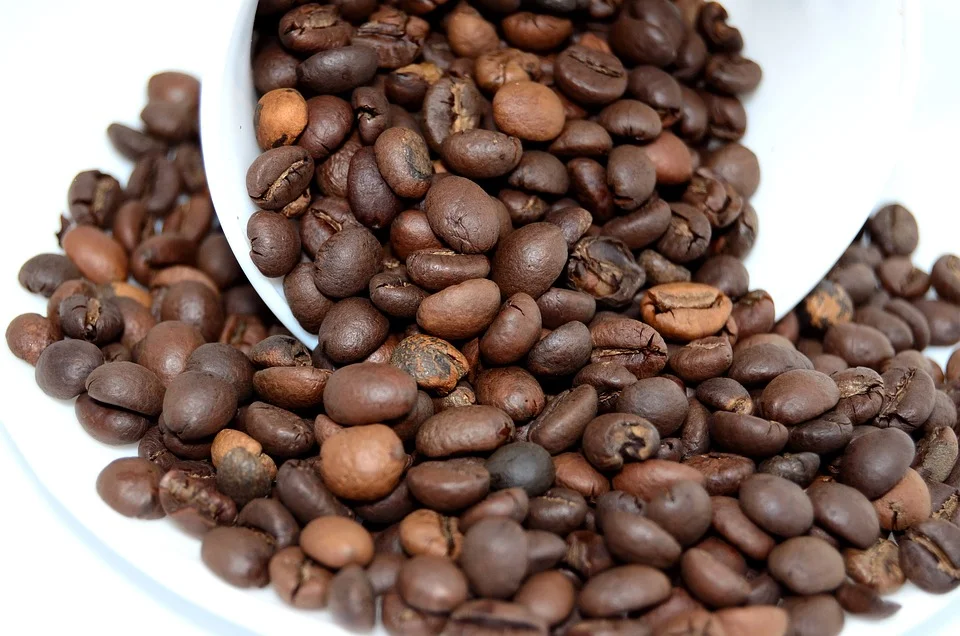
Each of these different coffee beans and their flavors contributes to the rich mix of coffee enjoyed by enthusiasts worldwide. Whether you prefer the smoothness of Arabica or the boldness of Robusta, understanding these beans helps you appreciate the journey from bean to brew.
When it comes to understanding coffee, recognizing the different coffee beans and their flavors is key. Each bean type offers a unique taste experience, shaped by its origin and growing conditions. Let’s explore the flavor profiles of the four main coffee beans: Arabica, Robusta, Liberica, and Excelsa.
Arabica beans are celebrated for their smooth, sweet flavors. They often have hints of fruit and sugar, making them a favorite among coffee lovers. Grown at high altitudes in regions like Latin America, these beans develop complex and aromatic notes. The cooler temperatures and mineral-rich soils contribute to their bright acidity and delicate flavor.
Enjoy a cup of Ethiopian Yirgacheffe, known for its floral aroma and delicate notes of blueberry and jasmine.
Robusta beans pack a punch with their strong, bold flavor. Known for their higher caffeine content, they deliver a rich, bitter taste with earthy and nutty undertones. These beans thrive in hot, low-altitude regions like Southeast Asia and Africa, where their resilience to diseases makes them a popular choice.
Think of a classic espresso shot, where the intense, full-bodied flavor of Robusta shines through, complemented by a thick crema.
Liberica beans are a rare find, offering a unique taste experience. Their large, irregular shape hints at their bold, woody flavor with smoky and floral notes. Mainly grown in the Philippines and Malaysia, these beans are a treat for those seeking something different.
Picture enjoying a cup of Liberica coffee with its intriguing aroma reminiscent of fruit and flowers, providing a distinct and memorable taste.
Excelsa beans, though part of the Liberica family, have a distinct identity. They boast a tart, fruity flavor with a complexity that intrigues coffee enthusiasts. Grown in Southeast Asia, Excelsa beans enhance blends with tart and fruity notes but also shine as standalone brews.
Envision a cup of Excelsa coffee with both fruity and tart flavors, delivering a unique taste that mixes light and dark roast qualities in every sip.
The different coffee beans and their flavors open up a world of possibilities for coffee lovers. Whether you prefer the fruity notes of Arabica or the bold intensity of Robusta, understanding these flavors improves your coffee journey.
Beyond the well-known coffee beans like Arabica and Robusta, there are some unique varieties that offer distinct flavors and experiences. Let’s explore a few of these special beans: Bourbon, Geisha, Java, Mocha, and Typica.
Bourbon beans are a cherished variety of Arabica, known for their sweet, balanced flavors. Originating from the island of Réunion (formerly Bourbon), these beans are now grown in Latin America and Africa. Bourbon is praised for its smooth, buttery mouthfeel and notes of caramel and nuts.
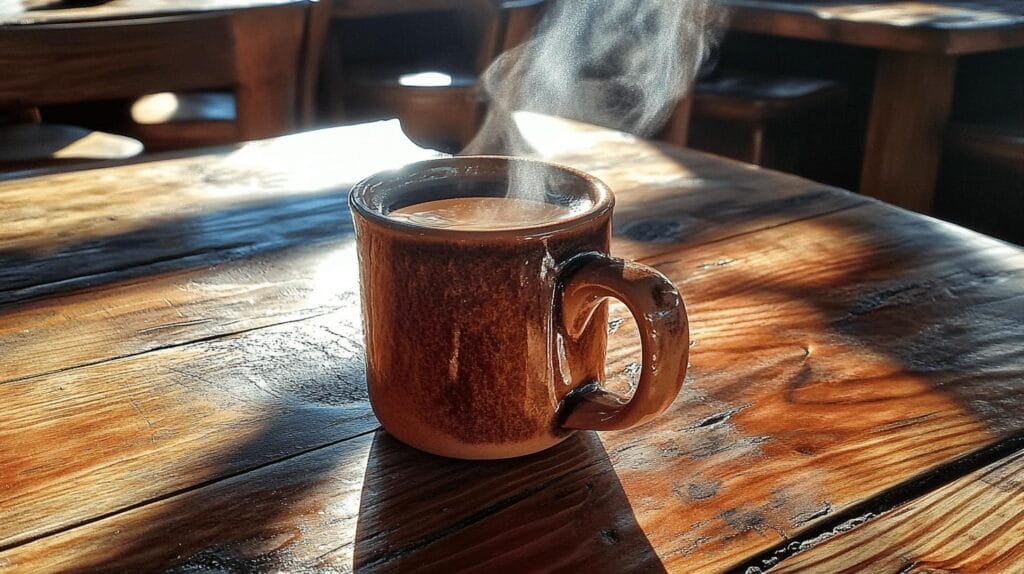
Imagine sipping on a cup of Bourbon coffee. It’s smooth and rich, with flavors of chocolate and almond. Perfect for anyone who loves a sweet and layered coffee experience.
Geisha beans are a rare and exotic variety, famous for their floral and tea-like flavors. Originating from Ethiopia, they gained popularity in Panama, where they are carefully grown at high altitudes. Geisha beans are celebrated for their delicate aromas of jasmine and bergamot, often fetching high prices.
A cup of Geisha coffee offers an exquisite floral bouquet with subtle hints of tropical fruits. It’s a luxurious experience for true coffee enthusiasts.
Java beans, named after the Indonesian island where they were first cultivated, are a type of Arabica known for their earthy and spicy flavors. These beans thrive in volcanic soils, giving them a distinct depth and richness. Java coffee often features notes of cedar and dark chocolate.
Enjoy a strong cup of Java coffee, known for its rich taste and spicy hints. It’s ideal for those who love a bold, fragrant drink.
Mocha beans are a variety of Arabica from Yemen, specifically from the port city of Mocha. Despite their name, they don’t contain chocolate, but they do have a naturally chocolaty flavor. Mocha beans are small and round, offering a rich and complex taste with hints of cocoa and wine.
A cup of Mocha coffee offers a delightful mix of chocolate and fruity flavors, making it a rich and satisfying drink.
Typica is an ancient variety of Arabica, serving as the genetic base for many other coffee varieties. It is renowned for its clean, sweet profile and balanced acidity. Typica beans are grown in various regions, including Central America and the Caribbean, each offering subtle regional flavor differences.
Sipping on a cup of Typica coffee offers a smooth and refined taste with gentle acidity. This classic choice suits those who enjoy a traditional coffee experience.
These unique coffee bean varieties provide a diverse palette of flavors for coffee enthusiasts to explore. Whether you’re drawn to the floral elegance of Geisha or the chocolaty richness of Mocha, each variety offers a special journey into coffee.
The type of coffee bean you choose can significantly affect your coffee experience. Let’s explore how different coffee beans and their flavors influence caffeine content, roasting profiles, and brewing methods.
The caffeine content in coffee beans varies primarily between the two main types: Arabica and Robusta. Arabica beans contain about 12 milligrams of caffeine per gram, while Robusta beans pack a punch with 22 milligrams per gram. This difference makes Robusta a popular choice for espresso blends, providing that extra caffeine kick many coffee lovers seek.
To maximize caffeine extraction, consider your brewing method. Espresso uses high pressure and short brew times to concentrate caffeine, while French Press allows for a longer steeping time, enhancing caffeine extraction. On the other hand, cold brew results in a smoother taste with less caffeine than hot methods due to its low-temperature extraction process.
Roasting transforms green coffee beans into the aromatic, flavorful beans we love. The roast level—light, medium, or dark—profoundly impacts the flavor profile and aroma of your brew.
Light Roast: Retains much of the bean’s natural acidity and unique flavors. Expect brighter, fruity, and floral notes, especially in Arabica beans.
Medium Roast: Strikes a balance between acidity and body. Look for chocolate, nutty, and caramel notes—perfect for those who enjoy a well-rounded cup.
Dark Roast: Offers a fuller body with bold, smoky, and chocolaty flavors. The roasting process reduces acidity, making it a popular choice for espresso.

The brewing method you choose can highlight or mask the unique flavors of your coffee beans. Here’s how some popular methods interact with bean types:
Espresso: Ideal for Robusta blends due to its bold flavor and rich crema. Arabica beans can also create a smooth and balanced espresso shot.
Pour-over: Allows for precise control, bringing out delicate nuances in Arabica beans. This method is perfect for exploring the subtle flavors of single-origin coffees.
French Press: Improves the natural oils and body of the coffee, making it a great choice for medium to dark roasts. Expect a full-bodied brew with earthy and nutty undertones.
Understanding how coffee bean types impact your brew empowers you to tailor your coffee experience to your liking. Whether you seek a caffeine boost or a flavorful journey, the right bean and brewing combination can make all the difference.

The four main types of coffee beans are Arabica, Robusta, Liberica, and Excelsa. Each type comes with its own taste and aroma.
Yes, different coffee beans have unique flavors. The taste depends on where they are grown and how they are processed. Climate and soil play big roles in their flavor profiles.
Decaf coffee is made by removing most of the caffeine from the beans. This is done using water, solvents, or carbon dioxide. The beans are then roasted and brewed like
The four main types of coffee beans are Arabica, Robusta, Liberica, and Excelsa. Each type has unique characteristics and flavors that make them special.
Arabica: Known for its smooth, sweet taste with hints of fruit and sugar. These beans are grown in high-altitude regions with plenty of rain. They make up about 60% of the world’s coffee production.
Robusta: These beans are stronger and more bitter, with a nutty or woody flavor. They have higher caffeine content, making them more resilient to pests. Robusta is often used in espresso and instant coffee.
Liberica: This type has a unique, bold flavor with floral and fruity notes. It’s less common and mainly grown in Southeast Asia. The beans are larger and have an irregular shape.
Excelsa: Grown mostly in Southeast Asia, Excelsa beans offer a complex flavor profile with tart and fruity notes. They are often used in blends to add depth and dimension.
Yes, different coffee beans have different flavors. The flavor profile of a coffee bean is influenced by several factors, including its type, growing conditions, and processing methods.
Arabica beans tend to have a sweeter, softer taste with higher acidity. They are often described as having fruity or floral notes.
Robusta beans are more bitter and have a stronger, harsher taste. They often have a grainy or nutty flavor.
Liberica beans are known for their unique taste, which can be floral, fruity, or even smoky.
Excelsa beans offer a tart, fruity flavor with a hint of dark roast.
Growing conditions such as altitude, climate, and soil type also play a significant role in the flavor of the coffee. For example, Arabica beans grown in Ethiopia might taste different from those grown in Brazil due to these environmental factors.
Decaffeinated coffee, or decaf, is made by removing most of the caffeine from the beans while preserving their flavor. There are several methods to achieve this, including:
Swiss Water Process: This method uses water to extract caffeine from the beans, often considered the most natural way.
Carbon Dioxide Extraction: Uses CO2 to remove caffeine, preserving the bean’s flavor.
Solvent-based Methods: Use chemicals like ethyl acetate or methylene chloride to extract caffeine.
Decaf coffee still contains a small amount of caffeine—usually about 2-5% of the original content. This allows people to enjoy the taste of coffee without the full stimulant effects of caffeine.
At Equipoise Coffee, we believe that great coffee starts with ethical sourcing and ends with a perfectly brewed cup. Our commitment to working directly with ethical growers ensures that each coffee bean is cultivated with care and respect for both the environment and the farmers.
We specialize in small-batch roasting, a practice that allows us to bring out the best in each bean. By roasting in small batches, we can focus on the unique characteristics of every coffee varietal, ensuring freshness and consistency. This meticulous process highlights the natural flavors inherent in the beans, resulting in a cup that is both smooth and well-balanced.
Our approach to coffee is all about balance. We strive to create a harmonious blend of flavors in every sip, free from bitterness or overwhelming acidity. Whether you prefer the sweet, fruity notes of Arabica or the bold, robust flavors of Robusta, our roasting techniques ensure that you experience the full spectrum of flavors each bean has to offer.
When you choose Equipoise Coffee, you’re not just getting a great cup of coffee; you’re supporting sustainable practices and fair trade. Our dedication to responsible sourcing and precise roasting means you can enjoy your coffee knowing it’s crafted with the highest standards in mind.
Experience the perfect balance with us. Find more about our unique approach and explore our range of coffee bean varieties here.

How can brands create a more balanced and memorable customer experience by blending artisanal product quality with thoughtful everyday rituals that keep people coming back?

Independent coffee shops have always been about more than caffeine—they’re hubs of creativity, connection, and care. As café culture continues to evolve, new trends are
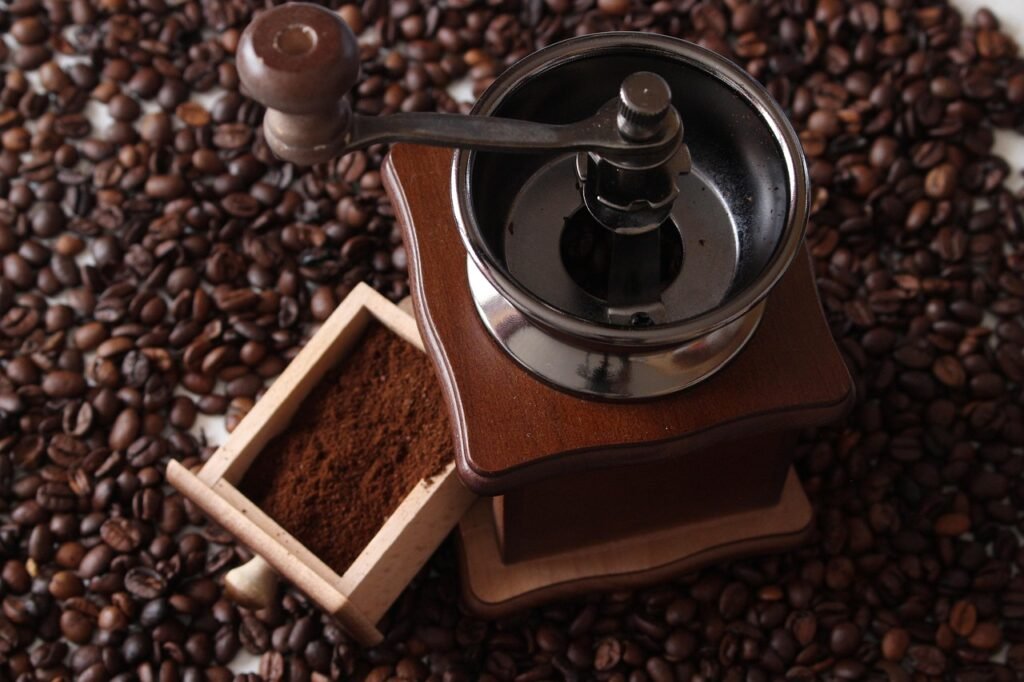
Introduction Independent cafes win when they feel like the neighborhood’s living room and operate with the discipline of a great kitchen. Below is a quick
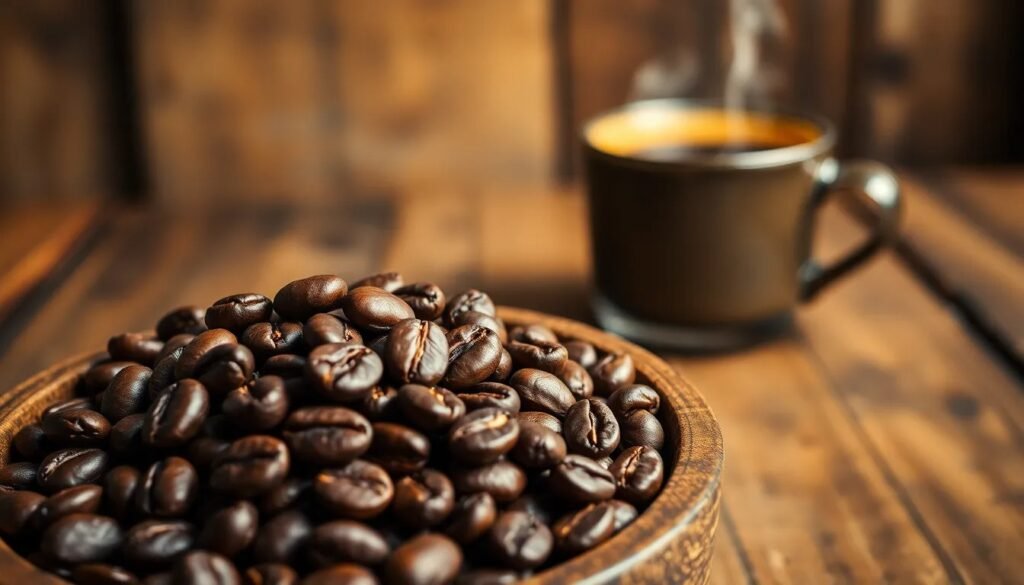
Discover how top specialty coffee brands create lasting loyalty through storytelling, sourcing, and community connection. Real tips from 6 industry experts.

Discover the ultimate showdown between two beloved coffee brewing methods: the French press and Chemex. Explore how each technique caters to distinct palates, with the French press delivering bold flavors and the Chemex presenting a bright, clean taste.

Unlock the secrets to brewing the perfect cup of coffee with our comprehensive guide on using a coffee scale. Discover how precise measurements enhance flavor and consistency while eliminating bitterness.

Discover how water temperature plays a vital role in brewing the perfect cup of coffee. This article delves into the ideal temperature range of 195°F to 205°F for optimal flavor extraction, enhancing the enjoyment of high-quality beans.

Discover the world of curated specialty coffee bundles, perfect for enthusiasts seeking quality and craftsmanship. This article explores the benefits of ethically sourced, small-batch beans from brands like Equipoise Coffee, offering diverse flavor profiles that elevate your brewing experience.

Discover the art of manual brewing to elevate your coffee experience! This article explores various techniques like pour-over, French press, and AeroPress, revealing how they enhance flavor and your connection to every cup.